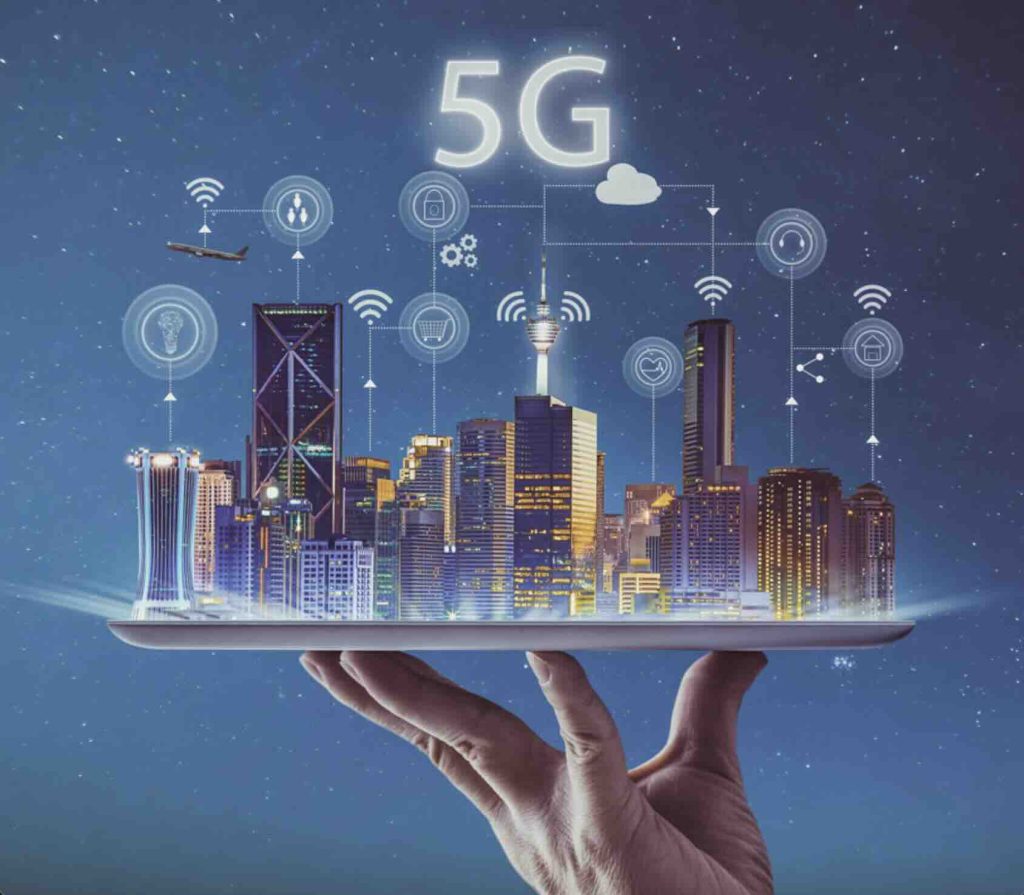Take This Quiz to Find Out if You Need 4G or 5G! As the demand for faster and more reliable internet continues to grow, many households are considering cutting the cord on traditional wired internet services like cable and switching to cellular home internet. Whether you’re looking to save money, improve your internet speeds, or […]
Tag: 4G
Why Use a Third-Party Router with Your Starlink Setup?
Starlink, SpaceX’s satellite internet service, has revolutionized connectivity, particularly in remote and underserved areas. The Starlink kit, which includes a satellite dish (often referred to as “Dishy McFlatface”) and a WiFi router, provides users with everything needed to get online. However, some users might find that utilizing a third-party router offers several advantages over the […]
The Evolution of Cellular Networks: From 1G to 5G and Beyond
The history of cellular networks is a fascinating journey of technological innovation and societal transformation. From the rudimentary first-generation systems to the sophisticated 5G networks, each generation has significantly impacted how we communicate, work, and live. Today, discussions about 5G Advanced and 6G services promise even greater advancements. 1G: The Birth of Cellular Communication The […]
Increase Cellular Performance with Poynting EPNT-2 Antenna Enclosure
Cellular signal performance is key for anyone running their home or business off a fixed wireless Internet connection. Reliable network functionality is a must. Whether it’s seamless data transmission, crystal-clear voice calls, or uninterrupted internet access, the quality of cellular signals profoundly influences the user experience. The Poynting EPNT-2 antenna enclosure offers enhanced connectivity with […]
The Role of MIMO in 5G Networks: Massive Connectivity
MIMO, or Multiple Input, Multiple Output, is a transformative technology that is crucial in enhancing data transmission and reception capabilities. MIMO improves both the performance and capacity of a network’s communication link. Most of today’s cellular routers have main and diverse auxiliary ports to accommodate incoming and outgoing cellular signal communications with cell phone towers. […]
Nextivity CEL-FI GO G41
No matter who you are or what you do, having a strong and consistent cellular signal is crucial, especially in remote areas. Recognizing the need for reliable in-building cellular coverage, Nextivity introduces the CEL-FI GO G41—a single-operator cellular signal booster designed to elevate your connectivity experience. Unmatched Performance and Versatility The CEL-FI GO G41 stands […]
An In-Depth Exploration of Cellular Signal Boosters
In an era where staying connected is paramount, weak cellular signals can be a frustrating hindrance. Enter the signal booster, also known as a wireless repeater, a system designed to amplify and extend the reach of your cellular connection. In this article, we will delve into the anatomy of a signal booster, unraveling its components […]
Empowering Public Safety with Digi SAFE™
Public safety professionals are constantly facing challenges. The need for robust, reliable, and advanced connectivity solutions is essential. In fact, according to McKinsey & Company research, with smart city connected technologies, emergency teams could reduce response time by 20-35%. They may also reduce criminal incidents by as much as 30-40%. Digi SAFE™, a purpose-built connectivity […]
Revolutionizing Dining Experiences: The Role of 4G and 5G Connectivity
The integration of advanced technologies has become pivotal in improving various aspects of our lives. From driving to sleeping, there are innovations now available that make life easier and add efficiency to our everyday tasks. One industry where these technological advancements have proved particularly impactful is the restaurant business. The advent of 4G and 5G […]
5Gstore’s Enhanced Router Search
Whether you’re a tech-savvy individual, a small business owner, or an enterprise level organization, finding the perfect router to meet your specific needs can be a daunting task. That’s why 5Gstore has revamped and simplified their router search process to make it easier than ever for you to find the ideal router solution. With the […]


